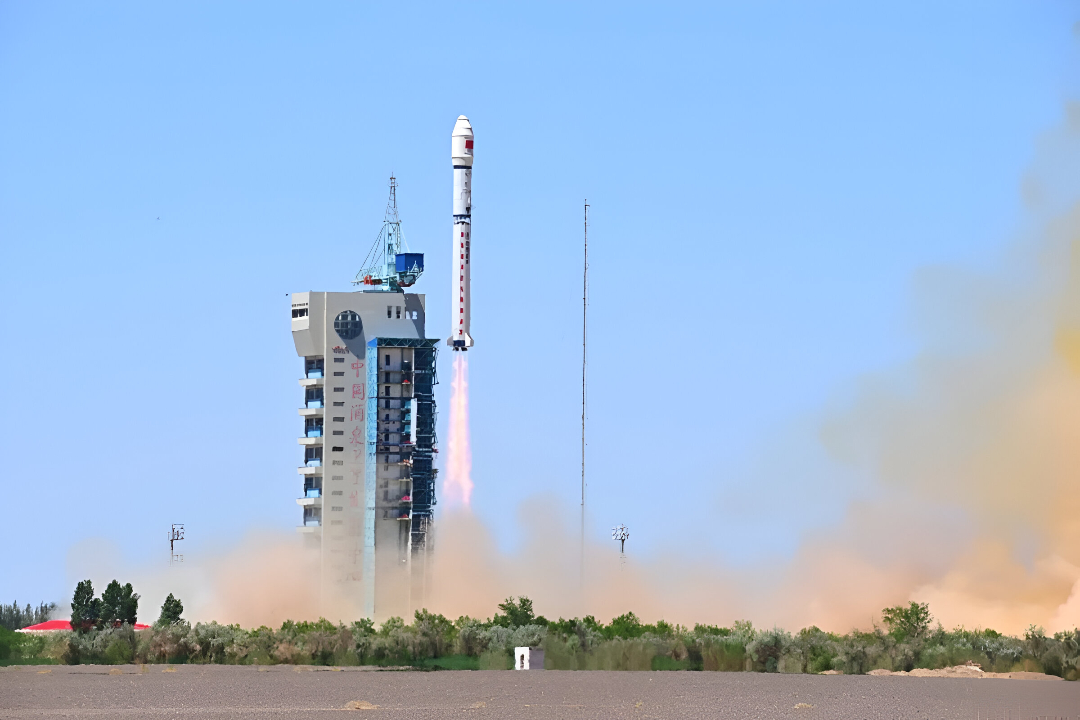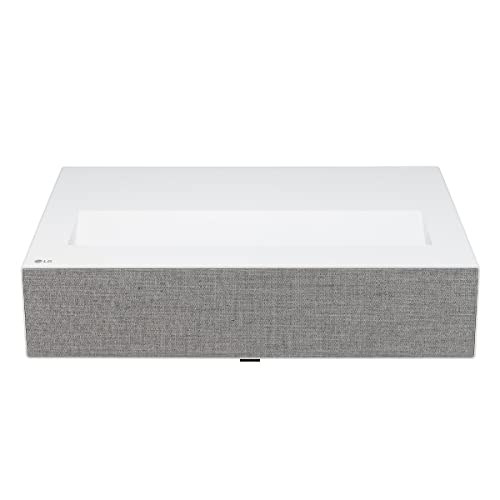Your smartphone’s processing power looks adorable compared to what China just launched into orbit. The country’s space program has deployed the first 12 satellites of its ambitiously named Three-Body Computing Constellation – a space-based supercomputer that makes even the most advanced Earth-bound systems look like calculators from the ‘90s.
This isn’t your typical satellite launch. Each of these orbital computers packs an AI model with 8 billion parameters and crunches data at 744 trillion operations per second. If that sounds impressive, it’s because it is – these 12 satellites alone deliver a combined 5 peta operations per second, and they’re just the start of a planned 2,800-satellite constellation.
The race for AI dominance just moved to low Earth orbit, and Western tech companies are still figuring out where to park their server farms.
Space: The Ultimate Server Room
The genius of this system isn’t just raw computing power – it’s location. Traditional satellites are space cameras, sending everything back to Earth for processing. The problem? Less than 10 percent of collected data typically makes it to the ground due to bandwidth limitations.
China’s new satellites flip traditional models on their head. Rather than just beaming raw data back to Earth, these orbital processors analyze everything in space and transmit only the finished results. This innovation showcases how direct-to-cell satellite technology is evolving to bring more efficient, powerful connectivity.
These satellites talk to each other at blazing speeds of 100 Gbps through laser links while sharing 30 terabytes of storage. That’s enough bandwidth to stream about 20,000 Netflix movies simultaneously between satellites. It’s an ambitious leap that hints at how space-based internet backup could one day outperform even our best Earth-bound connections.
The applications go beyond bragging rights. These satellites can generate 3D digital twins of Earth in real-time, revolutionizing disaster response, virtual tourism, and smart city planning. They’re even equipped with X-ray polarization detectors to study cosmic events like gamma-ray bursts.
The Dark Side of Orbital Intelligence
Let’s not kid ourselves about the dual-use potential here. A constellation that can create detailed real-time 3D models of Earth’s surface is as much a surveillance system as it is a scientific tool, like building the Death Star but claiming it’s just a very powerful observatory.
Military applications seem inevitable. The ability to process vast amounts of intelligence data without sending it back to Earth creates unprecedented advantages in battlefield awareness and security operations. This isn’t just about beating Silicon Valley; it’s about redefining strategic capabilities in space.
Privacy experts also note that these systems operate beyond the jurisdiction of terrestrial data protection laws. With no international framework governing space-based data collection and processing, we’re entering a regulatory wild west above our atmosphere.
Computing’s Carbon Footprint Takes Flight
If the idea of a space-based AI network makes you nervous, consider the environmental bright side. Data centers currently consume about 1-2% of global electricity and generate carbon emissions equivalent to the airline industry. By using unlimited solar power and radiating heat directly into space, these orbital computers sidestep both problems.
Jonathan McDowell, a space historian and astronomer at Harvard University, notes that “Orbital data centres can use solar power and radiate their heat to space, reducing the energy needs and carbon footprint.” It turns out space might be the most eco-friendly place to put our computing infrastructure.
The full constellation, targeted for completion in the next few years, will deliver a staggering 1,000 POPS of computing power. That’s enough to make Western tech giants nervously check their innovation roadmaps while calculating how quickly they can launch their orbital data centers.
Named after Liu Cixin’s acclaimed sci-fi trilogy, the Three-Body Computing Constellation represents the increasingly blurry line between science fiction and China’s technological reality. While we were busy debating whether AI would pass the Turing test, China built an actual Skynet and put it in orbit.
This marks a pivotal moment where computation itself begins migrating off-planet, leaving Earth-bound computing looking distinctly last-century.




















